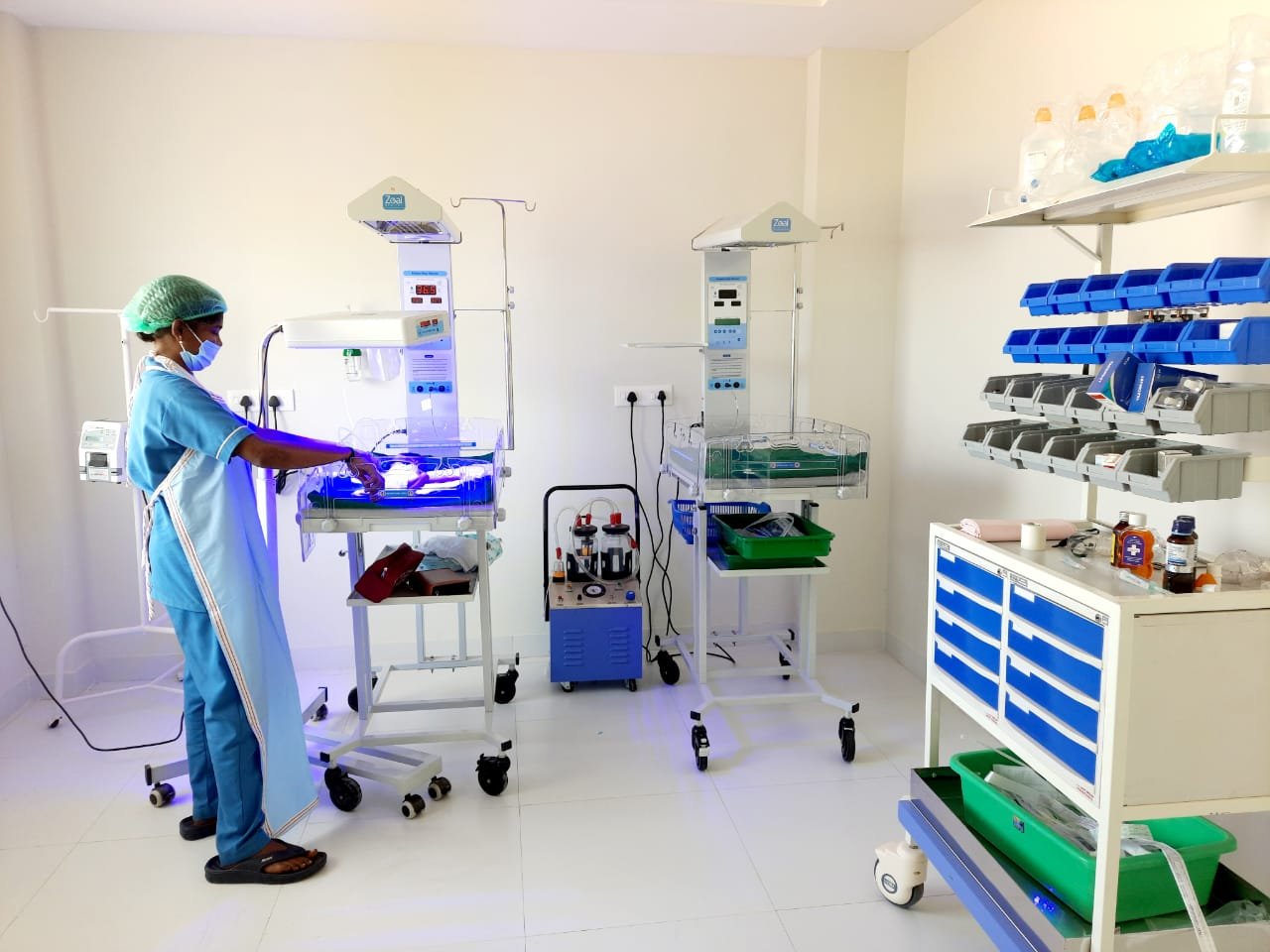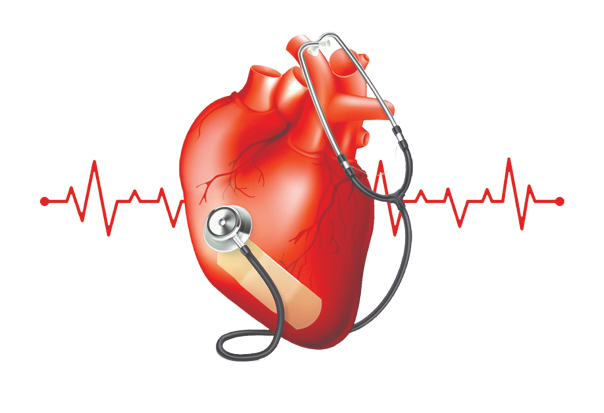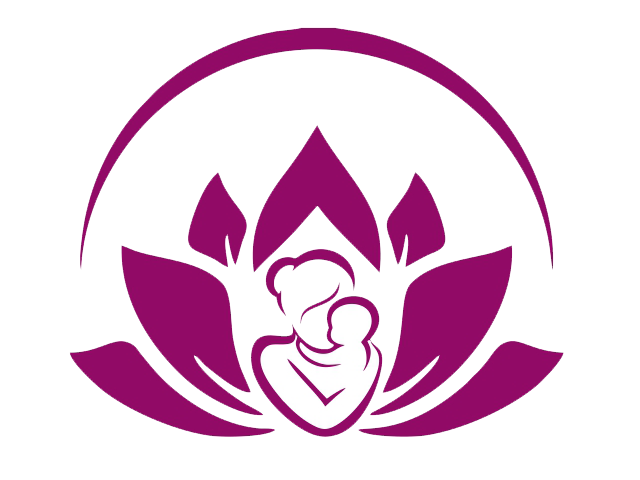
LEVEL III NICU | SNS Hospital
At SNS Hospital we have well equipped LEVEL -III NICU (Neonatal Intensive Care Unit) where we admit newborn babies with breathing problems or jaundice for observation.
Our neonatologists work closely with obstetricians in offering prenatal consultation and attend all high-risk deliveries. SNS Hospital is home To well experienced obstetrician , paediatrician , NICU staff , physicians on duty 24 /7 who specialize in the care and management of high-risk pregnancies.
Most common FAQ on NICU
Babies are admitted to the NICU when they are born early, have health problems or had a difficult birth. At the NICU (Neonatal Intensive Care Unit), these babies receive around-the-clock care from a team of expert healthcare professionals.
Usually, babies are shifted to the NICU within twenty-four hours of their birth, and the length of their stay depends on their health condition. Some babies have to stay for a few hours or days, while others may stay for weeks or months. NICU is also known as a special care nursery, an intensive care nursery and a new-born intensive care nursery.
Parents are allowed to visit and spend time with their babies staying in the NICU, but other family members can visit only during set hours and only a few at a time. Children visiting the NICU must not be sick and have all their immunizations.
You can always check with the hospital staff about which family members can see the baby. Some units require the visitors to wear hospital gowns, gloves and mask before entering. This is crucial as it keeps the NICU clean and prevents babies from getting exposed to the germs.
Parents are often alarmed by all the medical equipment that they see in the NICU, but they are there to keep the baby well and healthy. Some of the equipment that you may find at our centre are:
- BUBBLE CPAP MACHINE WITH HUMIDIFIER – Babies in the NICU may not have breathing support. To help them breathe, the ventilator is connected to them by an endotracheal tube placed through the mouth or nose.
- HIGH FLOW NASAL OXYGEN
- PHOTOTHERAPY UNIT – Phototherapy is quite helpful in the treatment of jaundice in newborns.
- INFUSION PUMP
- WARMER S AND MONITORS The small beds with heaters over them help the babies stay warm.Monitors: They help doctors and nurses to keep track of the baby’s vital signs.
- Feeding tubes: Premature babies may not be able to breastfeed or take a bottle yet. Feeding tubes are used to offer them nutrition.
- IVs: IVs allow medicines to be administered in small amounts through the vein
Most babies admitted to the NICU are preterm (born before 37 weeks of pregnancy), have low birth weight (less than 2 kg ), or have a health condition that needs special care. In our centre about 25 % of babies are born preterm as many women require high risk obstetric care. Many of these babies also have low birth weights.
Phototherapy. Phototherapy Is Treatment With A Special Type Of Light (Not Sunlight). It’s Sometimes Used To Treat Newborn Jaundice By Lowering The Bilirubin Levels In Your Baby’s Blood Through A Process Called Photo-Oxidation. Photo-Oxidation Adds Oxygen To The Bilirubin So It Dissolves Easily In Water.
More about NICU
Does the hospital have a high-risk OB team?
Our neonatologists work closely with obstetricians in offering prenatal consultation and attend all high-risk deliveries. SNS Hospital is home To well experienced obstetrician , paediatrician , NICU staff , physicians on duty 24 /7 who specialize in the care and management of high-risk pregnancies.
- Moms who deliver their babies at SNS Hospital have peace of mind knowing that NICU care is right there where they need it. No matter what, families stay together and never need to be transferred to another hospital for more advanced care.
- 95percent of babies cared for in our NICU were discharged safely,while5 percent were transferred to other hospitals
When premature babies are uncomfortable, overwhelmed or stressed, they can show this in their body language.
Your premature baby might:
- wake up or stay awake and be upset
- change from being alert to being drowsy or fussy, or start crying once he’s bigger and stronger
- have a distressed look on his face or have a wrinkly forehead – sometimes called ‘brow bulge’
- make jittery or jerky movements of his arms and legs, cover his face with his hands, or splay or fist his fingers and toes
- breathe faster, or have a faster heart rate
- change skin colour to pale, red, mottled or blue
- yawn, sneeze, hiccup, gag or spit up.
If you see these signs while you’re handling your baby, cover her, keep her still and do nothing for a moment. This should help her get back to balance.
Causes of premature birth:
The cause of a premature birth often can’t be identified. However, certain factors are known to increase a woman’s risk of going into labor early.
A pregnant woman with any of the following conditions is more likely to have a premature birth:
- Diabetes
- Heart disease
- Kidney disease
- High blood pressure
Pregnancy-related factors associated with premature birth include:
- poor nutrition before and during pregnancy
- smoking, using illegal drugs, or drinking too much alcohol during pregnancy
- certain infections, such as urinary tract and amniotic membrane infections
- premature birth in a previous pregnancy
- an abnormal uterus
- a weakened cervix opening early



